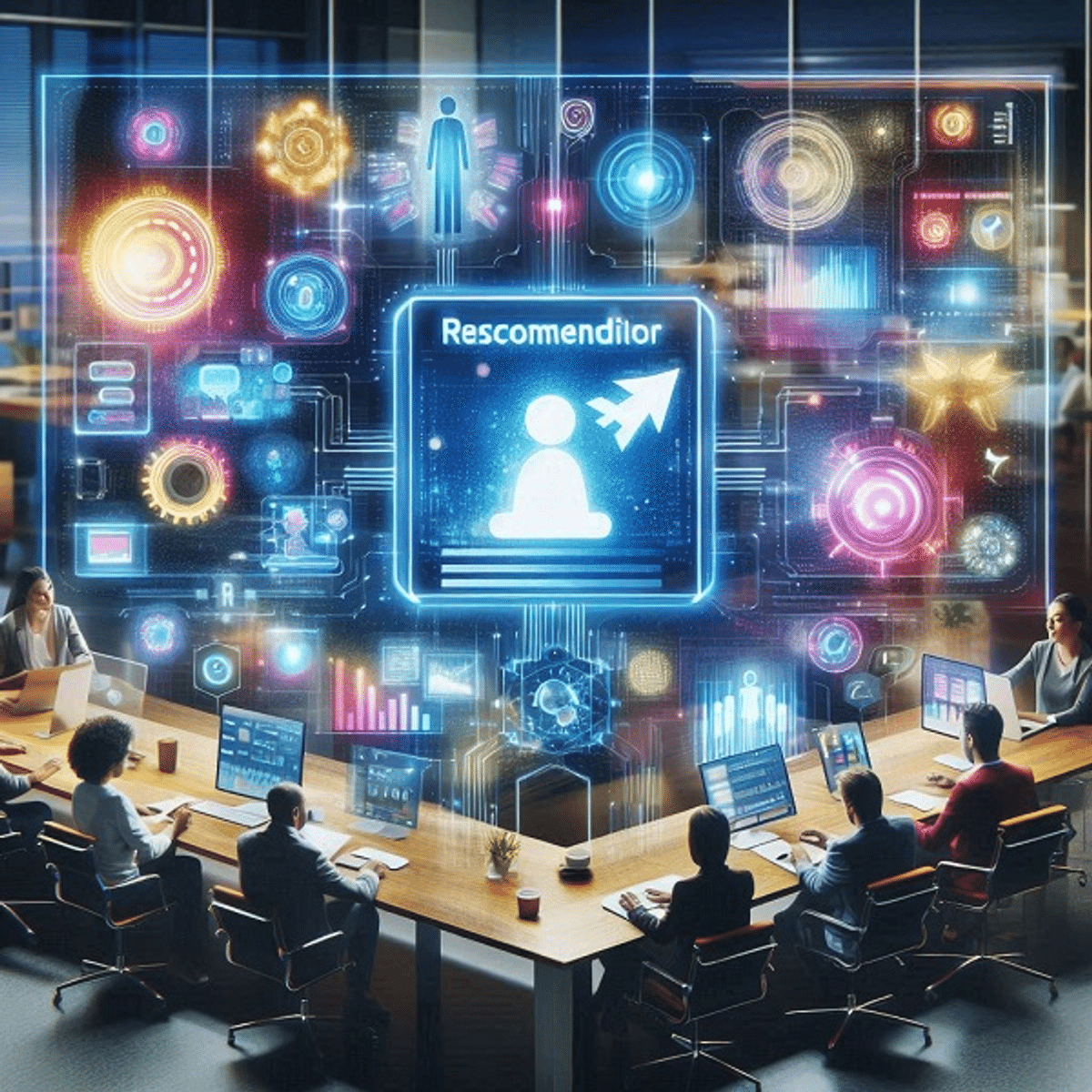Movies, music, shopping items—how can all the recommendations we receive in our daily lives perfectly reflect our tastes? The services we use, such as Netflix, YouTube, and Amazon, go beyond simply collecting data; they analyze user behavior patterns and preferences. This is possible thanks to AI-based recommendation systems. This technology makes choices easier and more convenient through the use of large amounts of data. Today, we will explore the workings of recommendation systems, real-world examples, ethical issues, and future possibilities, uncovering their appeal.
How Do Recommendation Systems Work?
Recommendation systems are technologies that analyze data to predict content or products that a user might like. This goes beyond simple guesswork; they operate with sophistication to improve user experience.
1. Collaborative Filtering
- "You'll likely enjoy what similar users enjoyed." This is the underlying hypothesis.
- Example: "Recommending movies watched by other users."
2. Content-Based Filtering
- Recommends similar items based on the characteristics of content the user previously preferred.
- Example: "Customers who bought this item also liked these."
3. Hybrid Approach
- This technology combines the advantages of collaborative filtering and content-based filtering.
- Example: "Providing perfectly tailored recommendations by combining your preferences with similar user data."
Personalization Technology Using Data
Recommendation systems excel because they effectively utilize data.
- User Data: Behavioral data such as clicks, search history, and purchase history.
- Item Data: Product information, price, ratings, etc.
- Contextual Data: User's location, time zone, device information.
Recommendation systems use machine learning and deep learning algorithms to analyze data. Through this, they identify the preferences of individual users and provide customized results.

AI-based recommendation system
Examples of Recommendation Systems in Our Daily Lives
Recommendation systems are now deeply ingrained in our daily lives, transcending simple technology.
- Netflix: Analyzes user viewing history to recommend personalized movies and TV shows.
- Amazon: Suggests related products based on purchase patterns and reviews.
- Spotify: Analyzes listening habits to create personalized playlists.
- Healthcare: Recommends appropriate treatment methods based on patient medical history data.
- Education: Provides personalized educational content using student learning records.
All these examples demonstrate how diversely and effectively recommendation systems are being utilized.
Data Ethics and Responsibility
While recommendation systems offer convenience to users, they also present ethical challenges.
- Privacy: Transparency must be maintained when collecting personal data, and user consent must be obtained.
- Algorithmic Bias: Improvements are needed to ensure fair results for all users.
- Enhanced Transparency: Clearly explaining the reasons for recommendations is crucial for building trust.
Addressing these issues requires ethical standards alongside technological advancements.
The Future of Recommendation Systems
As AI technology advances, the possibilities for recommendation systems are limitless.
1. Utilizing Emotional Data: Systems that understand user emotions and provide customized results.
2. Real-time Interactive Recommendations: Recommendation technology that responds instantly to user actions.
3. Expansion into Various Industries: Applications in healthcare, smart cities, education, etc.
Conclusion
Recommendation systems make our choices easier and more convenient through data. Combined with AI, they provide personalized experiences and are expanding their potential across various industries. Simultaneously, they present the important challenge of considering ethical responsibilities and data protection. This technology has already reshaped our lifestyles and will drive significant changes in the future. 😊

Comments0